Water filtration systems are important for filter the water that is critical for our survival. Our body cannot function when it is over 5% dehydrated, and at 2-3% dehydration, we begin to experience extreme thirst.
Our body needs to replenish its liquids to detoxify us through the release of urine and sweat. If you’re so dehydrated that the body cannot release enough sweat or urine to remove toxins, the cells in your body will stop functioning properly, and you may sustain permanent damage or death.
This doesn’t mean that you can drink whatever water that you find. Unclean water can be as damaging or fatal as no water at all. Don’t underestimate the dangers of organisms that thrive in water and snow.
Below are few popular methods used to filter, purify and gather water.
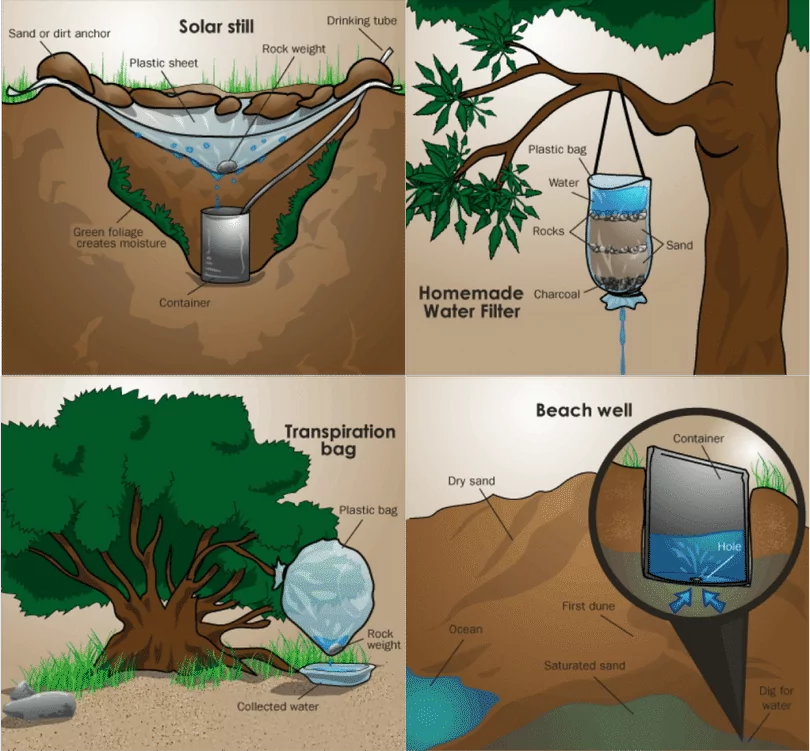
Water Purification Systems for Survival Situations
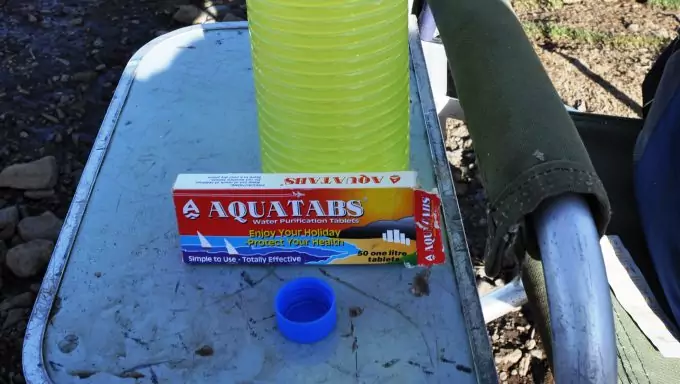
In this article, we will review a few methods used to purify water in survival situations. Some are useful because they don’t require extra tools or gear to filtrate the water. Others are practical, but they may require you to buy some additional gear.
More advanced and often expensive systems are often more reliable than cheap, primitive methods. A slightly more expensive system is likely worth the cost.
Boiling Method
The first and most basic method of purifying water is to boil it. You will need a heating source (fire) and a metal container. There are few things to remember when you boil water for purification.
- The boiling time varies based on altitude and other conditions. The longer you boil your water, the more bacteria and organisms you will kill.
- Water boils more slowly at higher altitudes due to lower atmospheric pressure. The higher the elevation, the longer it will take water to boil.
- The higher you go, the lower the risk of contamination. Contaminants are often spread via animals, and since many animals live below the treeline, there is less risk of contamination.
One note on the last point. I’ve hiked over 15,000 miles in this country. Last summer, I hiked the Colorado Trail and did not filter my water above 9,000 feet. I contracted Giardia outside Salida, Colorado, and was laid out on my butt for a week.
I now filter all of my water.
You can learn more about water purification in this article on How to Purify Water.
Chemical Purification
Chemical purification involves adding chemicals to kill bacteria and organisms. A few of the most commonly used chemical treatments include bleach, iodine, hydrogen peroxide, potassium permanganate, and sodium chlorite.
When backpacking, I use Aqua Mira. At about 2 ounces I can toss it in my pocket or bag and forget about it. Aqua Mira also has no taste and is easy to use.
When following this method, make sure to follow instructions carefully. Add the appropriate amount of tablets/chemicals to your water bottle or container, and wait for the chemical to work. Follow instructions closely and be patient.
Plain bleach, with no additives, can be used in a pinch. However, it’s a strong chemical, so we only recommend using it if you know what you’re doing.
Use tablets sold specifically for hikers or survivalists. If you’re using iodine, use a 2% tincture and drop about 5-10 droplets in a liter of water. Again, wait for 30 minutes before drinking the water. Iodine is not a good method for long-term treatment.
You can find reviews for the products and more information in the article on Water Purification Tablets.
Commercial Filtering Systems
There are various commercial systems. Many of these use a pump process, where you place a hose in the water and another one in your water container and pump the water through a filter. These systems range from large and clunky to expensive and sleek.
If you choose a commercial filter, be careful with the ceramics. If you drop a ceramic filter by accident or leave it in the cold, it’s liable to crack. Other than being fragile, these systems last for years and are a great lightweight option to avoid the unpleasant taste of chemically purified water.
One other point to mention is that all filtering systems are not created equal. Some may not filter viruses or microorganisms, so before committing to a purchase, read the manufacturer’s labels and claims. Don’t assume that all filtration systems are the same in quality and technology.
Check out this article on filtration straws. These are a great option when you need to travel light and fast.
Makeshift Filters
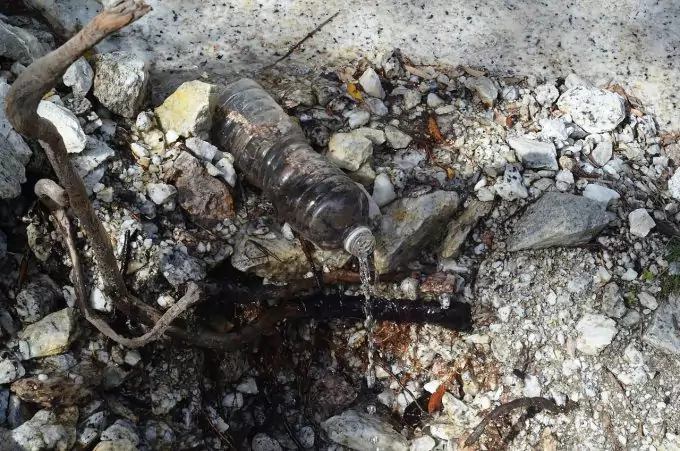
If conditions fall apart fast, you may not find yourself with any of the options above. In this case, you still have natural options.
- Use soil or sand to filter water. These natural sources have unique natural properties to help filter viruses, bacteria, microorganisms, etc. Get a container and a shirt or cloth. Place the fabric on top of the container and put sand or soil on the cloth. Pour water through the “filter.” Pour the dirty into another container and keep filtering it until it runs clean
- Dig a hole for water to accumulate and drink it. This is not a very reliable method since organisms will find their way into the water.
- Solar distilling can be used by digging a hole and waiting for water to accumulate. Place a container in the middle of the hole. Cover the whole with a large piece of plastic. Weight down the sheet of plastic and make sure it does not touch the container. Water will condense on the bottom of the plastic and run down into the container.
- Leave vegetation in the solar hole also. The vegetation will increase the amount of water condensing on the plastic.
You can also check out this article How to Make Distilled Water.
What to Consider When Buying A Filtration System
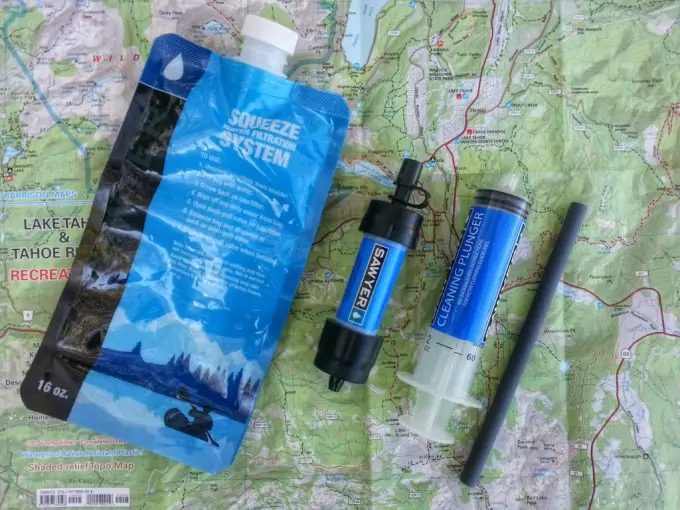
There are several things to consider when purchasing a purification system. Each filtering and purifying method has differences in its technique and effect.
- Often a filtering system is capable of filtering bacteria and protozoa but not viruses. Some people carry both a filter and chemicals.
- Purifiers are a more robust option since they kill organisms and viruses, and they also include chemicals. For example, the above-mentioned Katadyn system is a filter, while Aquamira water treatment is a purifier.
- Filter systems do a good job of filtering living organisms, except for viruses, and the water tastes good, which is a plus.
- Chemicals kill all organisms, including Cryptosporidium, but they often leave an after-taste in the water.
UV Purifiers
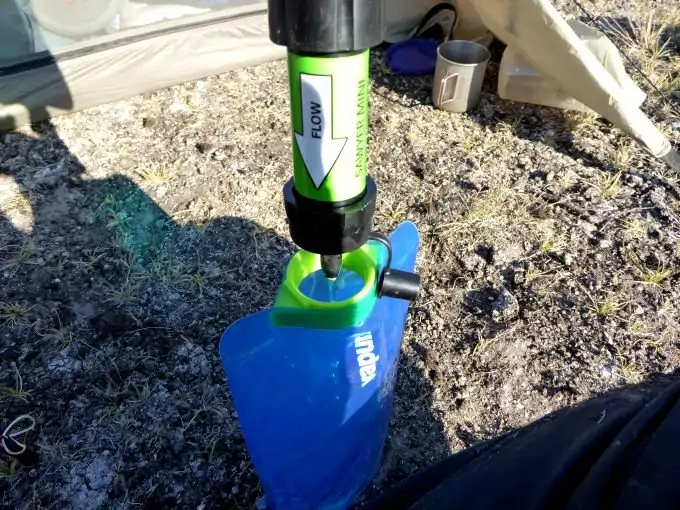
UV purifiers will kill everything except for pathogens. The UV light damages organisms’ DNA, preventing them from replicating. If UV purified water stays exposed to light for a long time, the pathogens may become reactive again, and you’ll need to repeat the UV light process.
Hikers often carry their own UV systems and devices. One of the most popular devices currently on the market is the Steripen, which I have used successfully.
Steripen weighs claims to destroy over 99.9% of harmful bacteria, viruses, and protozoa, like Giardia and Cryptosporidium, and it is certified by the Water Quality Association.
Additional Considerations
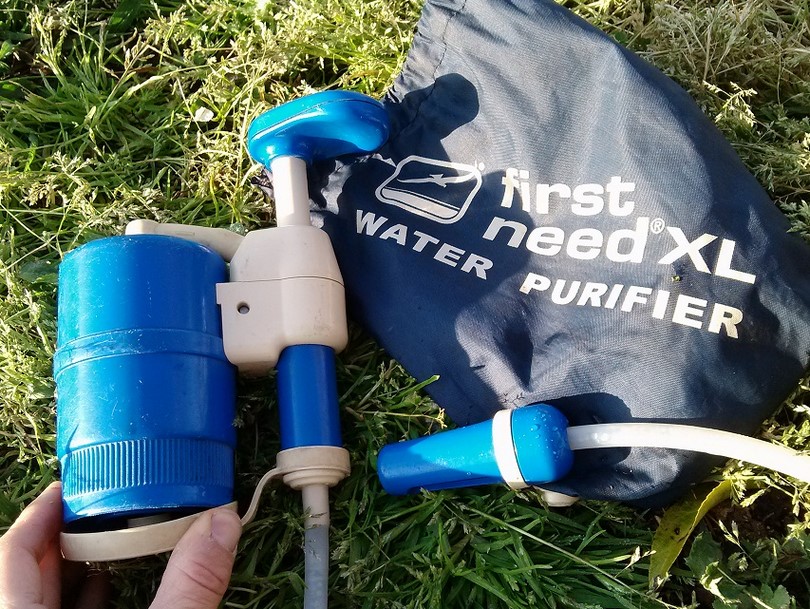
Types of Systems
If you’d like to be fully protected, carry both a filter and purifier. This combination will leave you fully protected.
Knowing the area, you’re heading to is important. If it’s a deserted area with few animals, you’ll be relatively safe, and a filter will probably be enough. If you are in forests or jungles, you should definitely take a purifying system (viruses thrive in such areas).
Hiking anywhere in the USA or Canada (North America) really requires only a filtering system. If you plan an international trip you should carry a purifier (or chemical system). Different climate conditions and environments may have a variety of new viruses that want to avoid.
Weight/Group Size
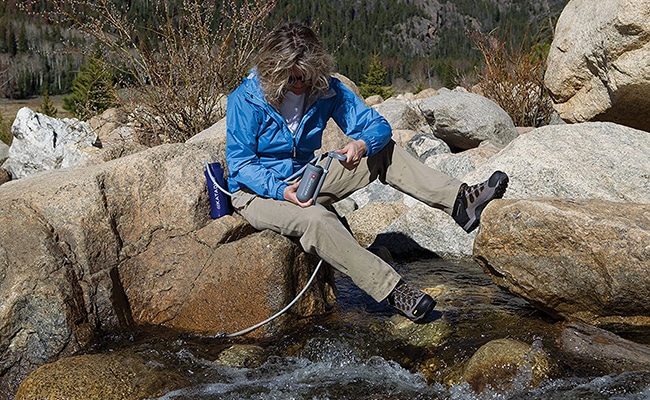
Consider the weight of your purification or filtration system. Heavy filtering systems may be much more effective and worth the additional weight. For international trips and weeks spent away from home, you will definitely need a more reliable system.
If you go hiking for just a few days, a filter and/or chemical treatments may be enough. Consider how much time you’re willing to wait for the water to be ready for drinking. Some systems may act quickly, while others are surprisingly slow.
How many people are coming with you? Is it just you, or you and your family? Are you going with a group of friends? Some systems work fine for a sole hiker, like the Katadyn Hiker Water Microfilter. It’s small and ideal for one person, but it would be tedious and time-consuming to use it for a group of people.
Gravity-fed systems are ideal for more than 2-3 individuals since they can treat large amounts of water for a short period of time. The Platypus GravityWorks is a great option for groups.
Construction/Materials
You may come upon a variety of “micron sizes.” This term indicates the size of the filter’s pores. The smaller the size, the more particles, organisms, and particulates it will strain out. A good rule of thumb is to make sure the filter micron size is less than .2 microns. The smallest living bacteria are around 0.2 microns.
Also, consider the durability of the system. How often will it need cleaning? What is its longevity? Ceramic filters can process about 2,000 liters of water before they need to be replaced. Non-ceramic filters may last for a shorter amount of time.
When it comes to replacement parts, you can find cartridges on the internet easily. UV purifying systems use batteries and bulbs. UV lamps can last a long time – up to 8,000 treatments. However, batteries may run out on the 40-100th treatment.
Of course, our tips would be incomplete if we don’t talk about the experience. Most hikers consider filtering systems too heavy, and they get discouraged at packing them for their trips. There are indeed newer, lighter versions of filtering systems whose weight is insignificant. Usually, among hikers and survivalists, the Aquamira water treatment drops seem to be the most preferred option due to their low weight and quick purifying ability.
Purchasing Water Filtration Options
If you decide to purchase a water filtration system, below are some good options.
Final Thoughts
There are many options when it comes to filtering your water. When hiking or backpacking, I personally use the Sawyer Squeeze Filter. This filter is very light. I screw it on the top of a Smart bottle and generally squeeze what I need into a second Smart water bottle. They work on almost any drinking bottle.






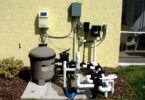
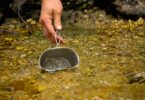
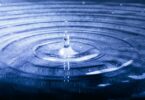
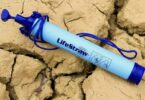
The fundamental concern is that without a steady, clean water supply, you won’t last much past 3 or 4 days, even in the best circumstances.
Staying well-hydrated should be your primary concern out there.
A 72-hour survival kit is a contingency, but you should strive to get help as soon as possible.
Sawyer Mini is my favorite water filtration system. It is cheap, highly effective and durable.
Hi Nidal,
Sawyer has come out with many water filtration products and all of them are highly recommended. They understand what hikers need and know how to deliver them.
Samuel